HOME
The Swift Fox
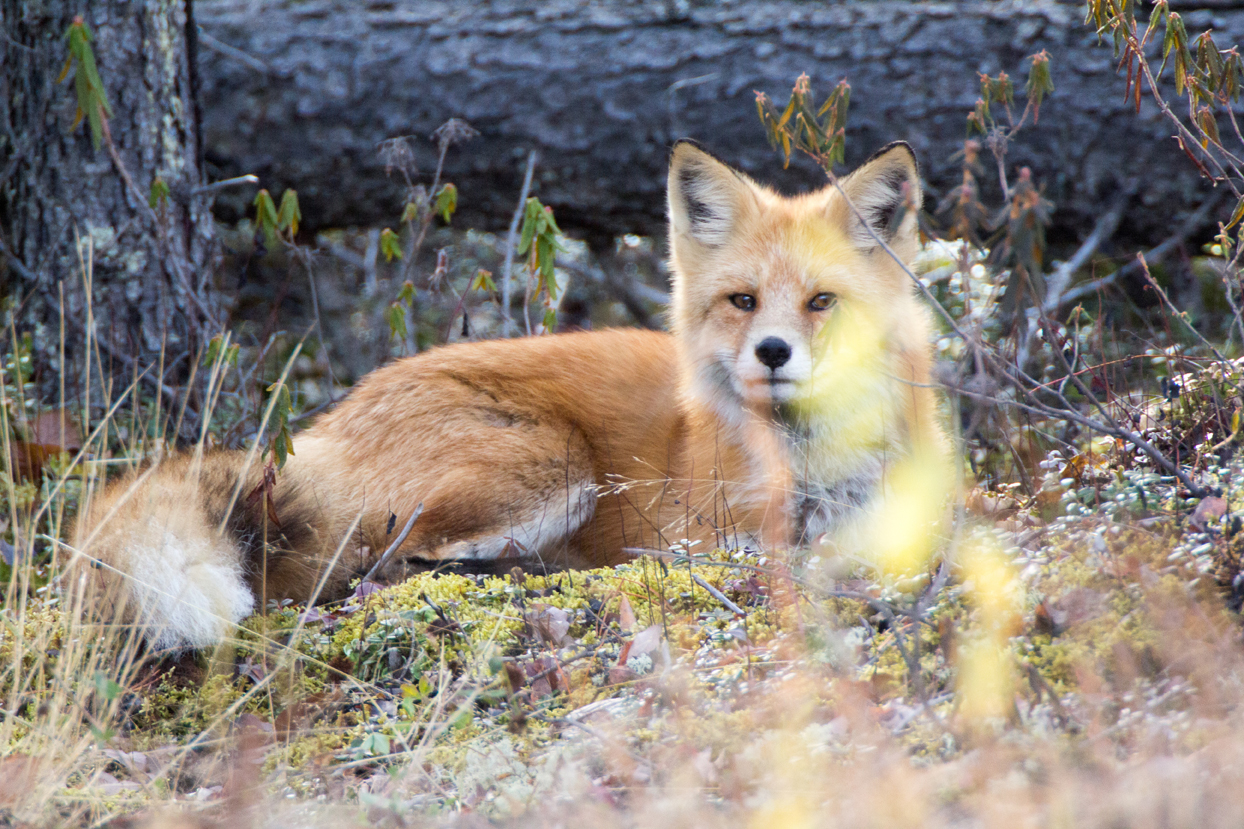
By Russell A. Graves
North of Dalhart there isn’t much to stop the wind. A vast prairie cleaves horizontally into an even bigger sky. If you get past the row crops and out to the big ranch country, you’ll find a wild land that’s remained virtually unchanged. Short grasses carpet the prairie and yuccas point their green barbed leaves towards the heavens, waiting for rain to fall. While rains do fall intermittently, the band of Texas landscape that runs along the state’s long western edge gets barely over a foot of rain annually. The semi-arid country sits below the oothills of the Rocky Mountain range to the west. Eons of sediment washed down from mountains to create the Great Plains and it’s the same mountains that influence the region’s weather. As clouds gather over the mountains, moisture is wrung from them. The result is a north to south running dry slot that encompasses about a quarter of the Texas landscape.
This patch of semi-arid ground is suited for many plant and animal species that are unique to this part of Texas. It’s a place where the density of people per square mile is scant and trees are perhaps as rare. Prairie dogs, while not as plentiful as historical records indicate, are still numerous. Their incessant burrowing creates habitat that supports numerous other high plains species like pronghorn antelope and a variety of reptiles and invertebrates. The prairie dogs themselves are a meal for animals higher up on the food chain.
As the sun rose across the immense prairie, my pal Chad and I were creeping through the shortgrass along a ranch road in his Ford F-250. Chad is an outfitter, and a couple of months before the opening day of the pronghorn season, we were scouting for big males that his clients would invariably hunt.
From our vantage point, emptiness was all around. East to west there was prairie, an old barbed wire fence immediately outside the passenger side door, the rutted ranch road on which we parked, a prairie dog town and more undulating prairie as far as we could see. Across the prairie dog colony— perhaps 400 yards away, we watch a small band of half dozen pronghorn antelopes skirt the town’s margins.
As we glassed the antelope, my binoculars began to wander as I watched prairie dogs skitter about the town. Running from burrow to burrow they weren’t as concerned with the pronghorns as we were. It was business as usually in dog town except for one thing: about 100 yards from the truck I saw what I thought were baby coyotes.
“Look,” I told Chad. “Look at those coyotes!”
From a personal standpoint, I thought the find was significant, as I’d never seen as many baby coyotes in one spot. When I put the binoculars to my eyes, I knew my snap identification was wrong.
“Those are foxes,” I told Chad. “Swift foxes.” Until 1995, swift foxes were thought to be all but extirpated in Texas. Now, I was staring at five of them who are staring right back.
Camera on the window, I snapped a few shots and then did all I knew to do: I squeaked at them like I was calling a dog. When the sound traveled across the town, a male, lying next to the others stood up with his ears perked.
To read more pick up a copy of the November 2018 NTFR issue. To subscribe call 940-872-5922.
HOME
Preparing Spring Gardens

By Hannah Claxton | Editor
The North Texas area is located within USDA Hardiness zones seven and eight. The zones are categorized by predicted low temperatures for winter and timing of the first and last frosts.
Zone seven usually has winter low temps between 0 and 10 degrees F with the average date of the first frost falling between Oct. 29 and Nov. 15 and the average date of the last frost falling between March 22 and April 3.
Overall, these two zones have similar climates and growing conditions, making the options for timing and variety within a garden very similar.
In these zones, cool-season crops should go in the ground in March, meaning that soil preparation should start now.
To read more, pick up a copy of the January edition of North Texas Farm & Ranch magazine, available digitally and in print. To subscribe by mail, call 940-872-5922.
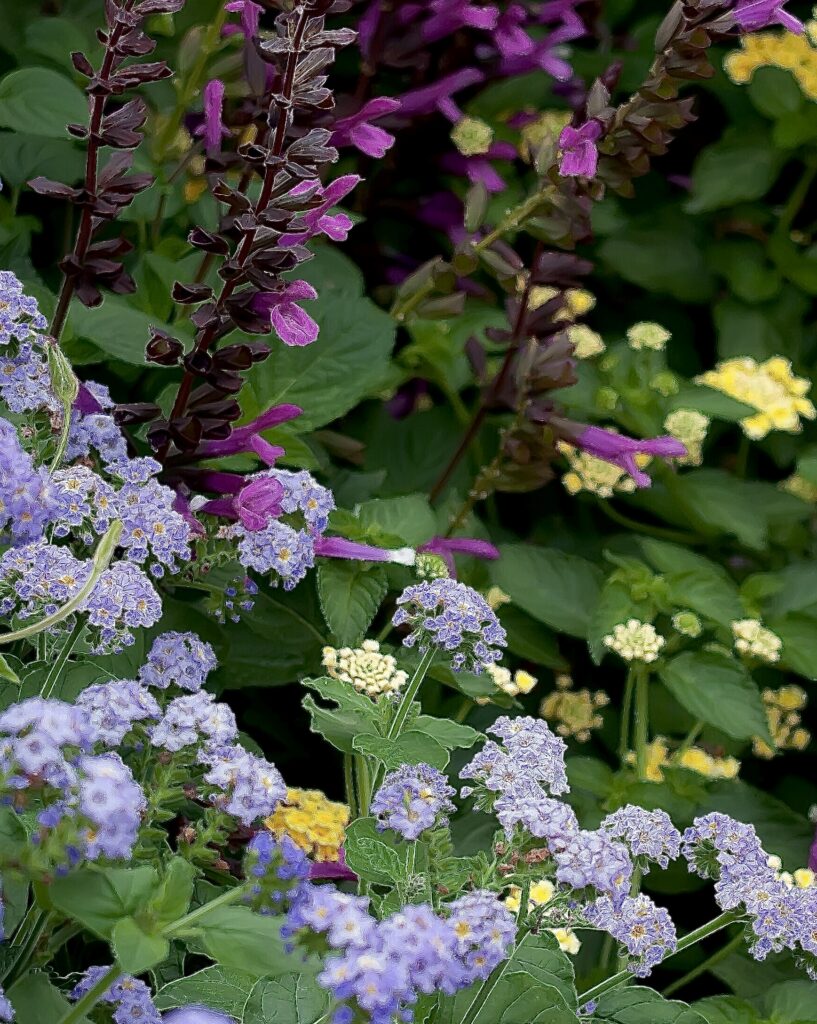
HOME
Equine Vaccinations
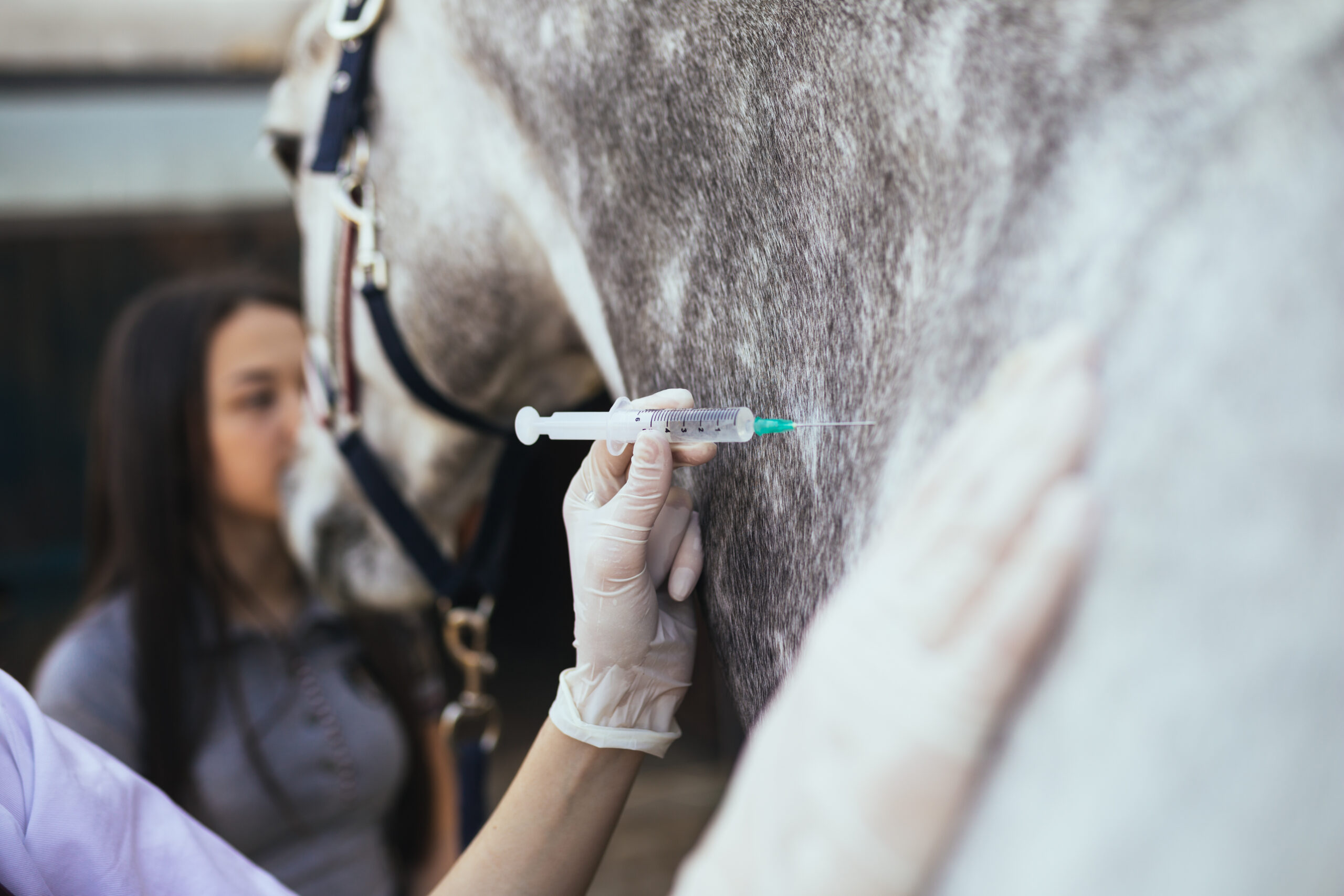
By Heather Lloyd
Vaccinations are a critical component of maintaining the health and well-being of horses, especially in environments where they are exposed to other animals, such as in the sport, show and performance arenas. Horses, like all animals, are susceptible to various infectious diseases that can spread quickly and cause serious harm.
A routine vaccination schedule helps prevent the spread of these diseases by preparing the horse’s immune system.
To read more, pick up a copy of the November edition of North Texas Farm & Ranch magazine, available digitally and in print. To subscribe by mail, call 940-872-5922.
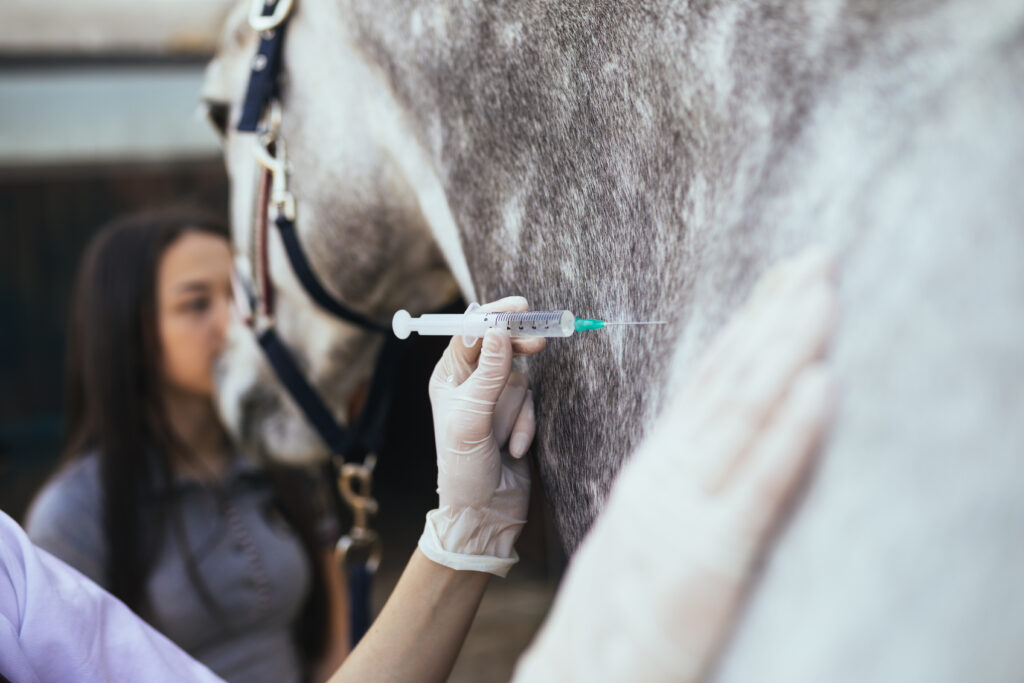
HOME
Wichita Falls Area Cattlewomen
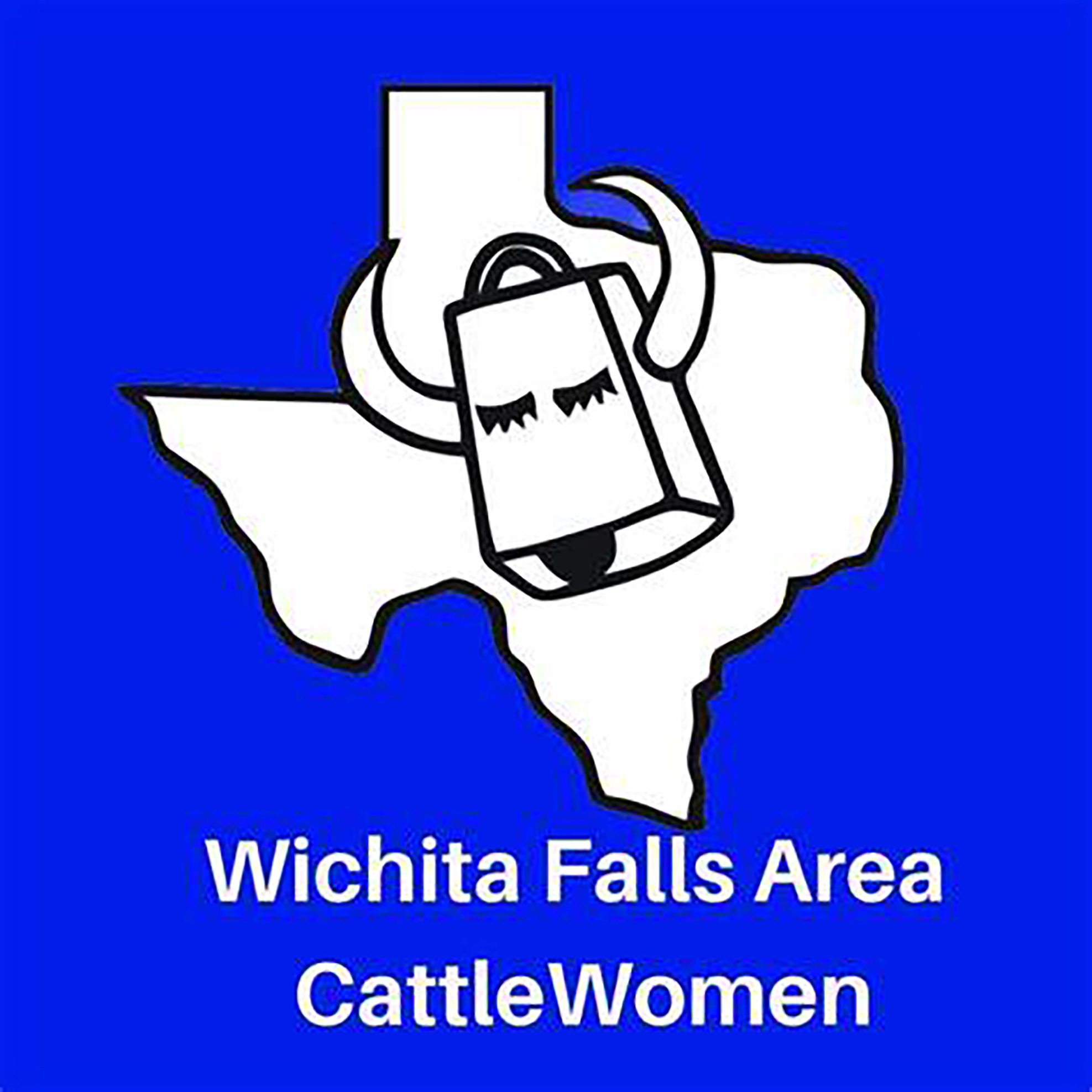
Having herds on a controlled breeding schedule means that we have a predictable calving schedule, and while it’s only over a couple of months, for us it does fall right after the start of the year. I lobby annually to call ours the “Winter calving season”, but I am outvoted and my husband still refers to it as Spring. Unlike producers in our Northern States, we don’t have to contend with brutally harsh winter weather, and on those rare times we do, thankfully it is not for extended periods. Regardless of whether you have a Spring or a Fall calving schedule, the health of a newborn calf begins with the mother’s health, and the mother’s health is largely dependent on the producer.
To read more, pick up a copy of the November edition of North Texas Farm & Ranch magazine, available digitally and in print. To subscribe by mail, call 940-872-5922.
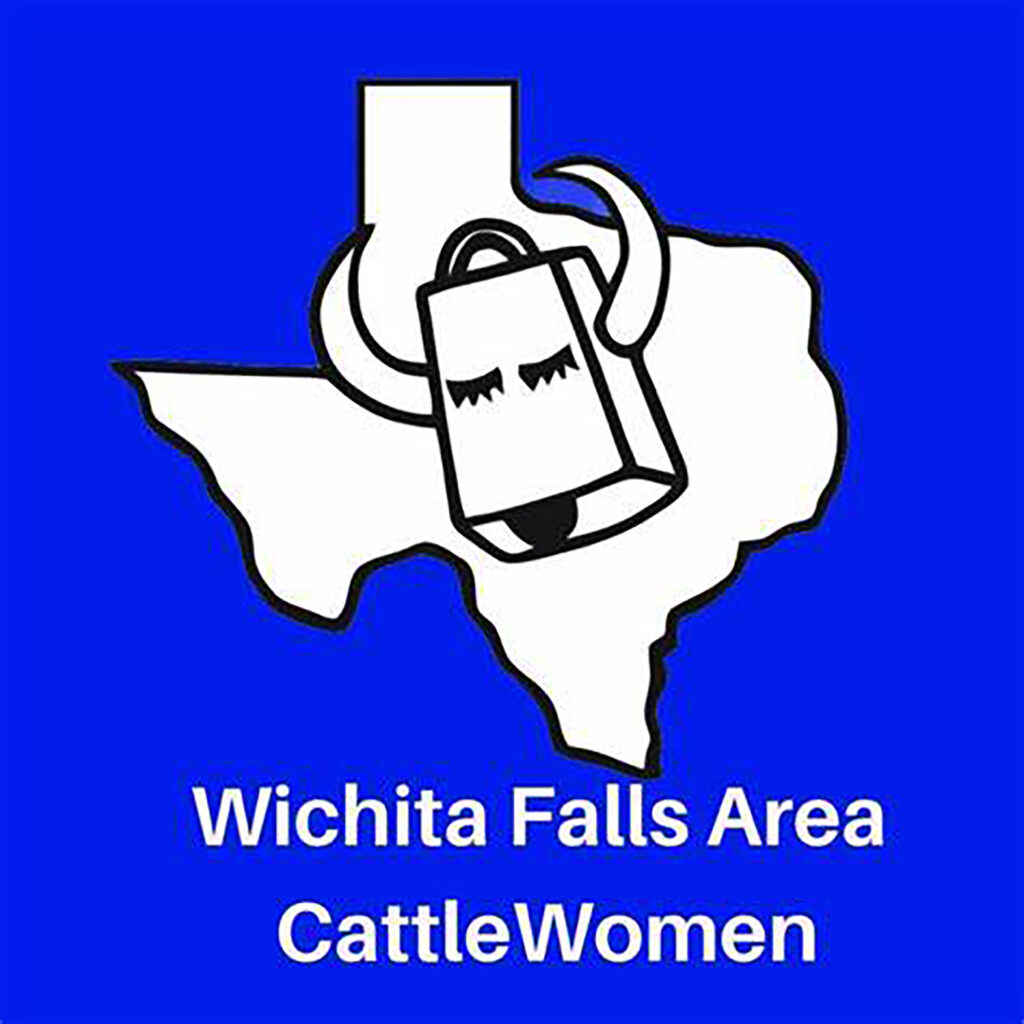
-

 Country Lifestyles2 years ago
Country Lifestyles2 years agoScott & Stacey Schumacher: A Growth Mindset
-

 Country Lifestyles8 years ago
Country Lifestyles8 years agoStyle Your Profile – What your style cowboy hat says about you and new trends in 2017
-

 HOME8 years ago
HOME8 years agoGrazing North Texas – Wilman Lovegrass
-

 Outdoor10 years ago
Outdoor10 years agoButtercup or Primrose?
-

 Country Lifestyles5 years ago
Country Lifestyles5 years agoAmber Crawford, Breakaway Roper
-

 Equine1 year ago
Equine1 year agoThe Will to Win
-

 Country Lifestyles9 years ago
Country Lifestyles9 years agoJune 2016 Profile – The man behind the mic: Bob Tallman
-

 Country Lifestyles8 years ago
Country Lifestyles8 years agoDecember 2016 Profile, Rusty Riddle – The Riddle Way




